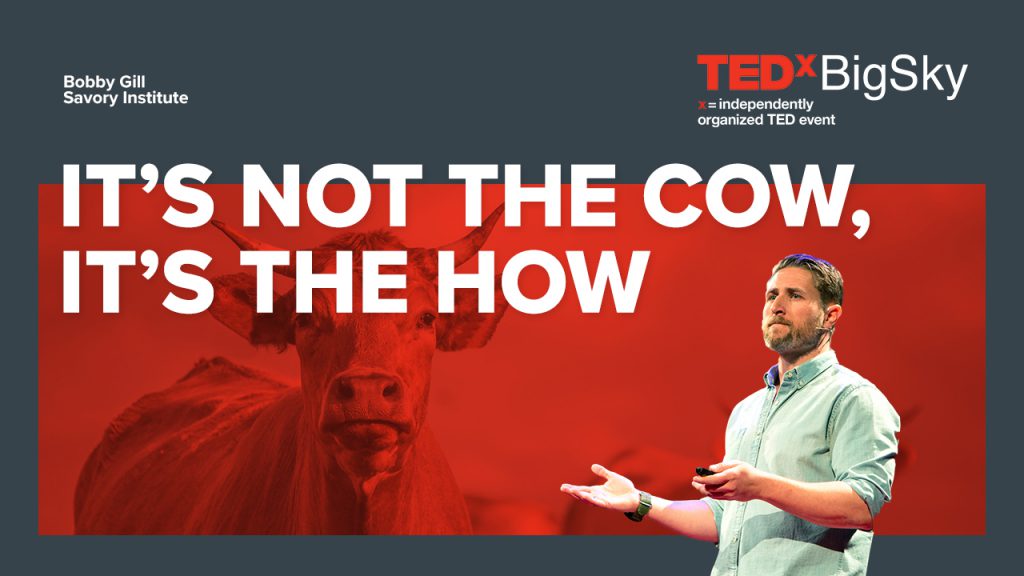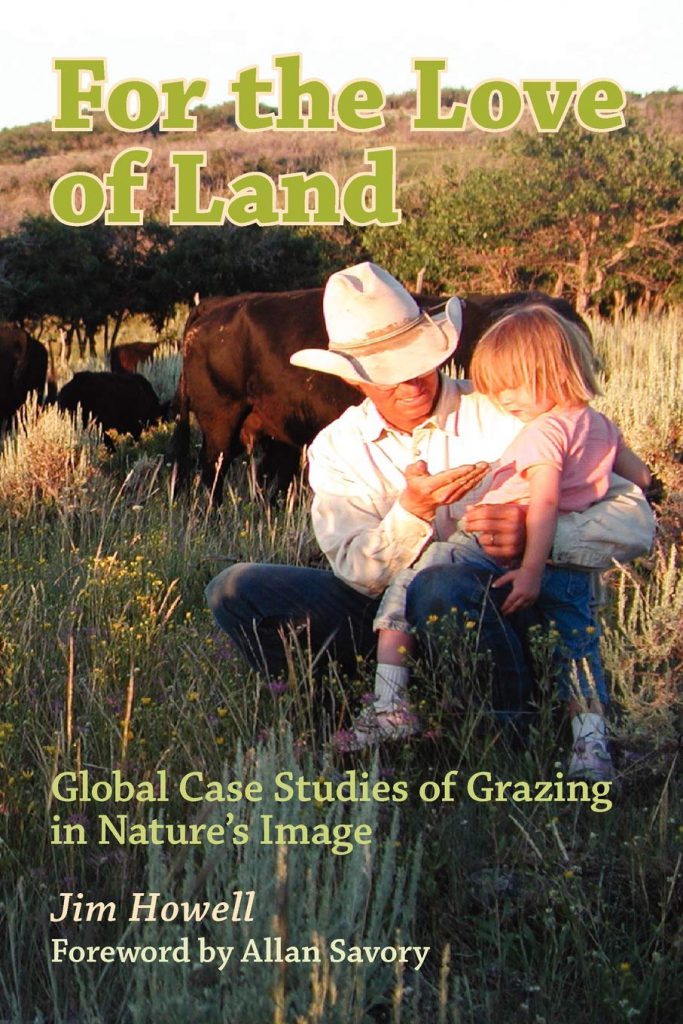Managing soils for negative feedback to climate change and positive impact on food and nutritional security

This paper by Dr. Rattan Lal detailing the scope of nature-based climate solutions, including but not limited to grasslands and soils. Findings show that “the soil C sink capacity, between 2020 and 2100, with the global adoption of best management practice which creates a positive soil/ecosystem C budget, is estimated at 178 Pg C for soil, 155 Pg C for biomass, and 333 Pg C for the terrestrial biosphere with a total CO2 drawdown potential of 157 ppm.”
It’s Not the Cow, It’s the How

In this thought-provoking talk, Bobby Gill of the Savory Institute discusses the symbiosis between grasslands and grazer, and why everyone — regardless of dietary choice — depends on properly-managed livestock for regenerating these dying landscapes.
Reassessing the role of grazing lands in carbon-balance estimations: Meta-analysis and review

This study compared the carbon balance reported by national inventories that followed the IPCC, with an alternative estimation derived from the meta-analysis of science-based, peer-reviewed data. Results show that the potential for grasslands to sequester carbon is large and unaccounted for in standard IPCC models.
Review of Evidence on Drylands Pastoral Systems and Climate Change: Implications and Opportunities for Mitigation and Adaptation

This report highlights the importance of drylands, grazing lands and livestock-based livelihoods and illustrates their relationship with climate and with climate mitigation through the adoption of methodologies to restore soil. The editors write “There is a great potential for carbon sequestration in drylands because of their large extent and because substantial historic carbon losses mean that drylands soils are now far from saturation (FAO/LEAD, 2006). Lal (2004) estimates that soil carbon sequestration in the dryland ecosystems could achieve about 1 billion tonnes C per year but reaching this will require a vigorous and coordinated effort at a global scale.” It should be noted that more recent studies suggest that the drawdown potential might be higher.
Challenges and opportunities for carbon sequestration in grassland systems: a technical report on grassland management and climate mitigation

This 2010 FAO report makes a strong case for grasslands restoration as a climate mitigation strategy and “improved grazing management” as one of the most important practices for enhancing soil carbon stocks.
Soil Carbon Sequestration in Grazing Lands: Societal Benefits and Policy Implications

This paper from 2010 is a compilation of previous studies on grazing lands and carbon drawdown which themselves date from the 1990s. It shows that grazing lands/rangelands are major stores of terrestrial carbon, occupying approximately 3.6 billion hectares and accounting for about one-fourth of potential carbon (C) sequestration in world soils. Drawdown rates via grazing and on restored semi-arid savanna are reported to be as high as 2.75 tons per hectare per year.
Fox Ranch – Colorado

The Colorado Chapter of The Nature Conservancy (the Conservancy) and the Savory Institute (SI) agreed in 2011 to work together to advance the joint strategic interest and desire to enable enhanced conservation, restore ecological functions, and safeguard biological diversity of the seasonally dry grasslands of the world through the use of Holistic Management.
Allan Savory’s TED Talk: “How to green the world’s deserts and reverse climate change”

Allan Savory’s famous 2013 TED Talk on the main stage.
Soil Carbon Sequestration in U.S. Rangelands

This Environmental Defense Fund issues paper from 2009 recognized the magnitude of rangelands as a global ecosystem (up to half the land surface area of the planet) and of rangeland soils as a carbon sink suitable to mitigate global warming through proper management actions (“protocols”). It states that on the 761 million acres of rangelands in the United States, 198 million tons of atmospheric carbon dioxide (CO2) – or 3.3% of US fossil fuel emissions – could be sequestered into newly formed soil each year for 30 years. Several actions for soil improvement on rangelands are presented, the number one of which is “Conversion of abandoned and degraded cropland to grassland.” Some other recommended actions include avoiding conversion of rangeland to croplands in the first place, extensive grazing management and adjusting stocking rates.
For the Love of Land

For the Love of Land describes practical, proven methods for bringing degraded landscapes–grasslands, rangelands, savannas, and farmlands–back to life through mimicking natural migratory grazing patterns with domestic livestock.
